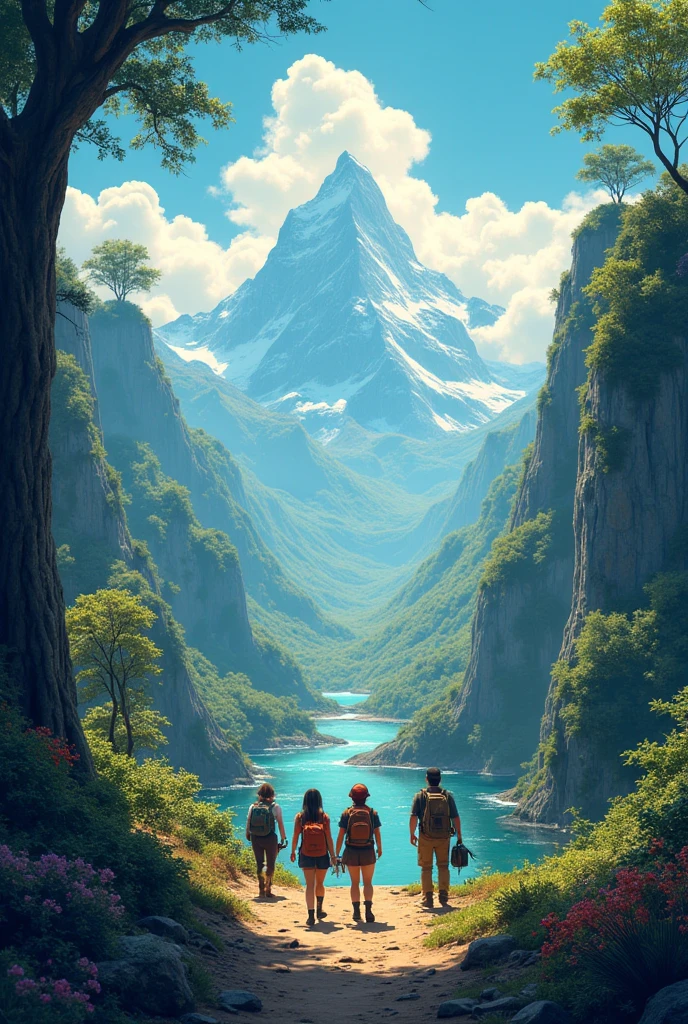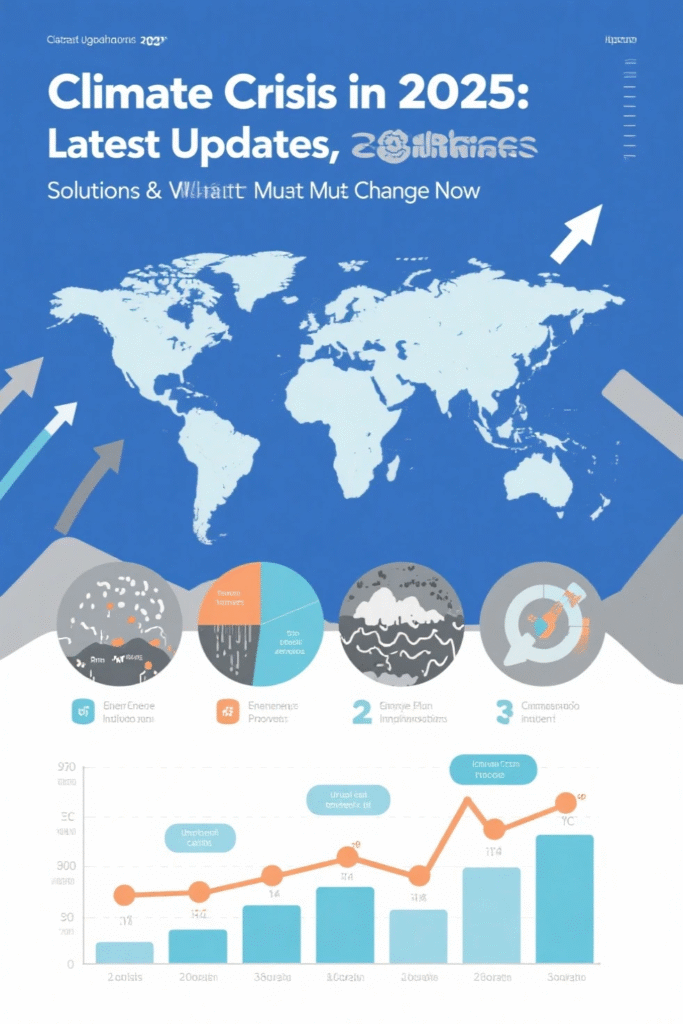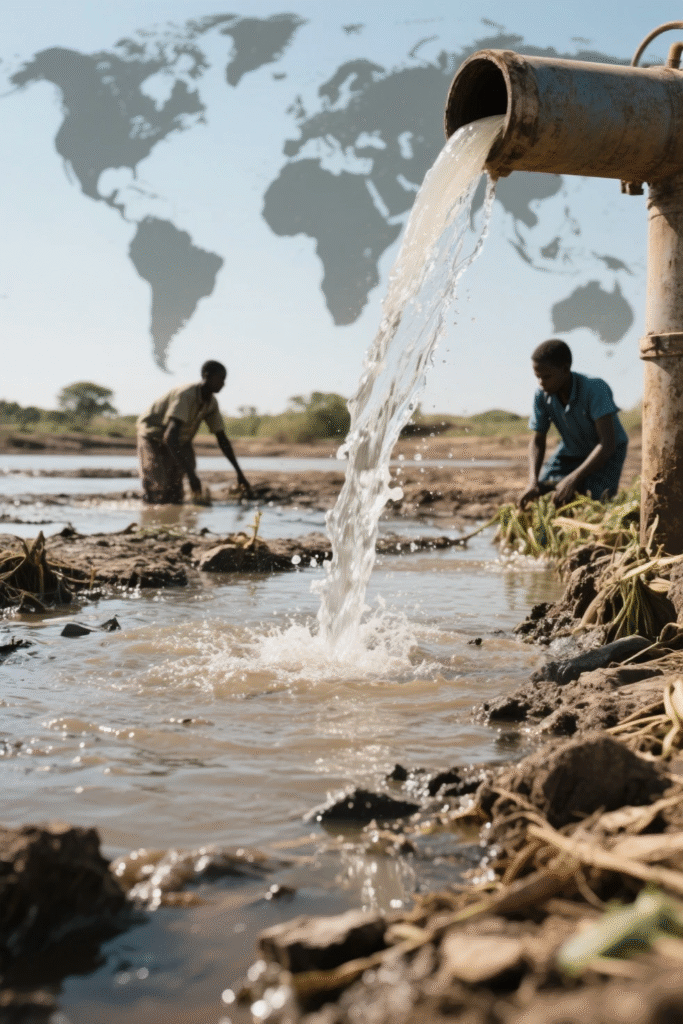By Bizbuzzup
Introduction
Adventure tourism thrives on the raw beauty and extremes of nature. From hiking across vast deserts to scaling icy glaciers, the world’s climates shape the very essence of these experiences. But as climate change alters ecosystems across the globe, it is also reshaping where—and how—we adventure. In this article, we explore the vital role climate plays in adventure tourism and how global warming is rewriting the rules for explorers worldwide.
Climate: The Natural Architect of Adventure
The type of climate in a region determines the terrain, wildlife, vegetation, and seasonal accessibility—all crucial factors for adventure tourism. Here’s how various climates fuel specific activities:
- Arid Climates (e.g., Sahara, Atacama): Popular for camel treks, sandboarding, and survival-style expeditions.
- Tropical Climates (e.g., Amazon, Southeast Asia): Ideal for jungle treks, river rafting, and biodiversity exploration.
- Polar and Alpine Climates (e.g., Antarctica, Iceland, Himalayas): Perfect for glacier hikes, ice climbing, and snow-based adventures.
- Temperate Climates (e.g., Europe, New Zealand): Versatile and accessible year-round for hiking, cycling, and nature-based tourism.
The Seasonal Dance: Timing Your Adventure
Many adventures are climate-dependent and season-sensitive:
- Mount Kilimanjaro: Best climbed during the dry seasons (January–March, June–October).
- Patagonia Trekking: Most accessible in summer (December–March), when trails are free of snow.
- Northern Lights Viewing: Requires cold, dark skies in Arctic regions between September and March.
Failing to align with local seasons can result in washed-out trails, unsafe conditions, or missed natural phenomena.
Climate Change: Disrupting the Adventure Map
Unfortunately, climate change is affecting adventure destinations in measurable and dramatic ways:
- Melting Glaciers: Regions like the Alps and Glacier National Park are rapidly losing their icy landscapes, threatening activities like glacier trekking and ice climbing.
- Desert Expansion: Increased desertification in Africa and Asia is making some areas too hot for safe tourism, especially in summer months where temperatures now exceed 50°C (122°F).
- Unpredictable Weather: Unseasonal rains and droughts are disrupting traditional travel windows. Hikers in Nepal and bikers in Utah are facing closures or extreme hazards due to landslides and wildfires.
- Biodiversity Loss: Iconic adventure destinations like the Great Barrier Reef are suffering coral bleaching, impacting scuba diving and marine tourism.
Adapting Adventure Tourism
The industry is pivoting in creative ways:
- Earlier and shorter glacier tours with sustainable operators to minimize impact.
- Eco-conscious desert trekking using solar-powered camps and reduced water usage.
- Promotion of alternative destinations in cooler or higher altitude regions.
- Climate education embedded in tours to raise awareness among adventurers.
Operators who prioritize sustainability are now marketing this shift as a feature—not a flaw.
Tips for Climate-Smart Adventure Travel
- Research climate trends before choosing a destination—use tools like Climate Data or local meteorological services.
- Pack adaptively: Bring multi-layer clothing, sun protection, or rain gear based on projected conditions.
- Support eco-certified operators who invest in conservation and carbon reduction.
- Choose low-impact activities like hiking, kayaking, or cycling over gas-powered alternatives.
The Ethical Question: Should We Go?
There is growing debate about whether we should travel to sensitive environments at all. Is it ethical to trek a melting glacier? The answer lies in intention and impact. If travel raises awareness and funds for conservation, it can be part of the solution.
Organizations like Leave No Trace, The Adventure Travel Trade Association, and WWF promote guidelines for minimizing tourist impact while maximizing educational value.
Final Thoughts
Adventure tourism depends on the Earth’s diverse climates—but also bears responsibility for protecting them. As climate continues to transform our planet, adventurers must evolve too. The next great journey isn’t just across glaciers or deserts—it’s toward a more sustainable way of exploring them.
By Bizbuzzup




















